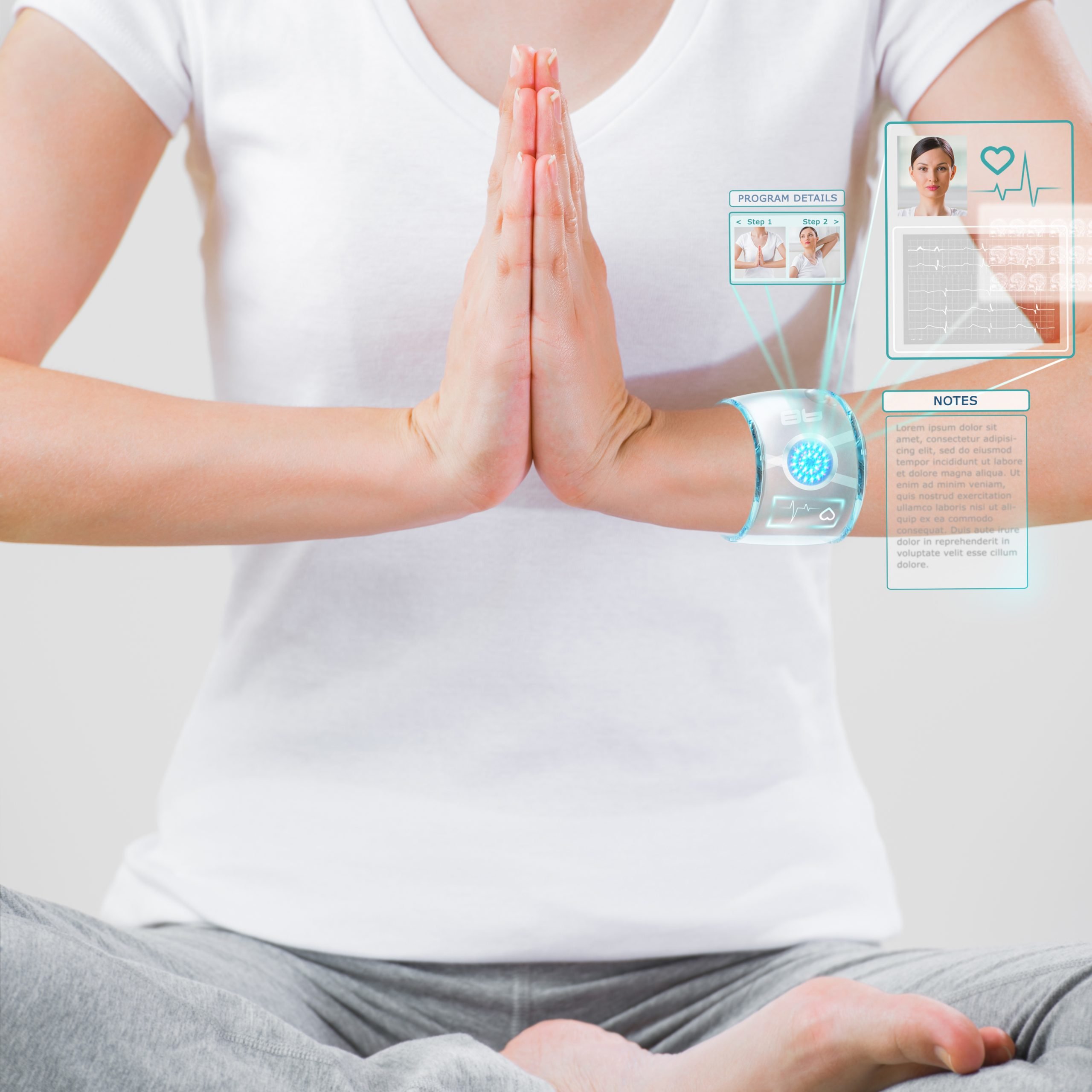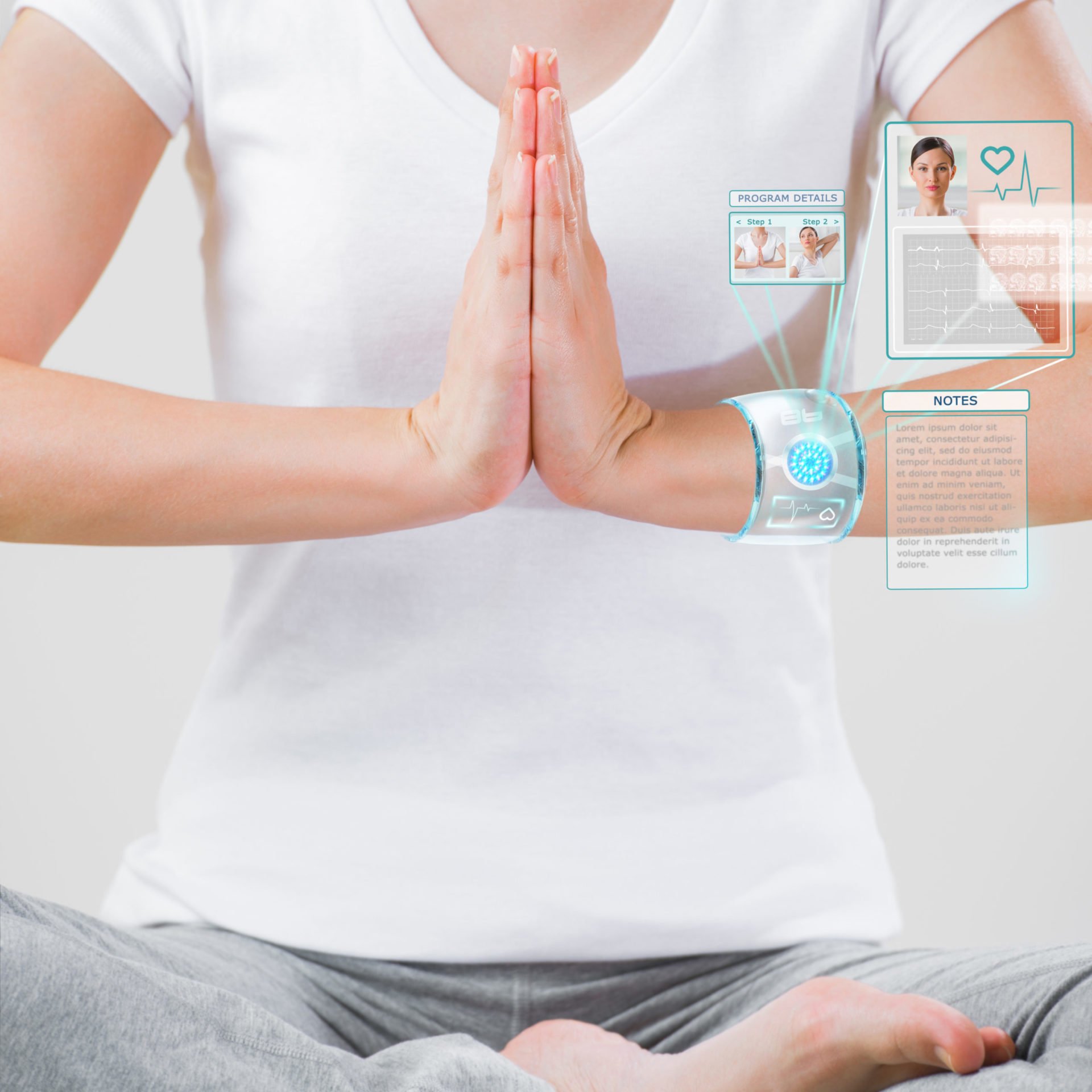
Most people want to control certain kinds of data. Consider banking information: you may share account access with a spouse, but beyond that, you won’t hand those reins to anybody. It’s not just high-security data, either. Who doesn’t know married couples who insist on separate Netflix accounts, so one person’s movie choices don’t mess up the other’s queue?
But when it comes to our health information, it’s a different story. Why is it that with this data—the closest we are likely to come to having life-or-death information—we throw our hands in the air and hope medical professionals make the right choices? This laissez-faire approach has become so expected that patients who ask for access to their own charts are often treated by doctors as if they have developed a highly infectious condition.
I think most people abdicate control of their health information because they believe this kind of data is so complex it can only be understood and used by experts. But there’s good reason to fight your way past the jargon. More and more people are blazing that trail.
Mike Snyder is a highly regarded scientist at Stanford. He sequenced his own genome several years ago and learned he was at high risk for developing type 2 diabetes, despite having no family history of the disease. He collected some additional data about his insulin levels and other factors and then reported to the doctor’s office, where everyone had a good laugh at this trim, healthy man insisting he might have diabetes. But a good scientist never stops measuring; months later when his glucose level spiked, Snyder and his team detected it immediately. His physician ultimately diagnosed him with type 2 diabetes. Because the disease was caught so early, Snyder was able to get his glucose levels back to normal in less than a year with changes to his diet and exercise.
Let’s walk through that example again, swapping out DNA sequencing champion Snyder for average-consumer Mike Smith. Smith is trim and fit and has no family members with diabetes. Because he does not have his own genome sequence or a team of scientists taking frequent blood samples, nobody notices when his glucose levels surge. He’s tired and thirstier than usual, but a couple of extra lattés each day helps with both. So not until several months or maybe a few years later, when Smith has already suffered long-term nerve and organ damage, is he finally diagnosed with diabetes. At this point, it’s far more difficult for Smith to bring his biochemistry back to normal, and he has already sustained damage to his body that increases his risk of heart disease, stroke, and other serious complications.
Given the choice, you’d rather be Snyder than Smith, right? Some consumers are embracing the concept by tracking their own health data and really paying attention to what’s normal for their bodies. Many of these people are part of the Quantified Self movement, the Fitbit-, Jawbone-, or Samsung watch-wearing do-it-yourself community whose members log everything from diet and exercise to mood and blood pressure. The movement is made possible by all those new wristbands, watches, and smartphone apps that measure heart activity or steps taken or sleep.
One hero in the Quantified Self crowd is Larry Smarr, a physicist and computer scientist who has spent more than a decade tracking as many of his own biological factors as he could. Smarr has gone so far beyond smartphone apps that he routinely freezes his own feces and sends samples off to a lab for analysis. No matter where you land on the willingness-to-freeze-poop spectrum, there’s something to be said for Smarr’s conviction that having a raft of personal medical data could be eminently useful in spotting a health problem early.
Think of it this way: each person’s normal body temperature may or may not be the same as the population-average 98.6 degrees. For me, 98.6 is actually a low-grade fever—but a doctor who’s not familiar with my normal stats would assume I’m perfectly healthy at that temperature. That is just one data point: Smarr’s idea is that only by knowing lots of data about our healthy state can we reasonably determine what’s going wrong when we’re not healthy. (He offers tips from his own journey here.)
There are also more targeted approaches for people who would like to track their health data with a little less effort. PatientsLikeMe is a website that aims to build communities of people with similar health problems; patients can create profiles, link to their medical diagnoses, and then update that with medical data pertaining to those conditions. With enough people participating and sharing data, a site visitor will be able to get a clear view of, say, how common it is for someone with autism to feel fatigue, and how various treatments work in lessening that fatigue, at least for patients on the site.
Thanks to ever-increasing health costs in the U.S., many of us have become familiar with the idea that parts of the healthcare establishment expect consumers to cover more of the cost of their own care. Quantified Self, PatientsLikeMe, and related movements represent the other side of the equation: enabling consumers to take control of their health so they can become advocates for themselves, rather than leaving it all to doctors.
This aspect of the convergence of technology and healthcare will be included at our first-ever Techonomy Bio event, taking place June 17th in Mountain View, Calif. Learn more here.
Self-Tracked Consumers Can Steer Health Decisions with Data
Most people want to control certain kinds of data. Consider banking information: you may share account access with a spouse, but beyond that, you won’t hand those reins to anybody. It’s not just high-security data, either. Who doesn’t know married couples who insist on separate Netflix accounts, so one person’s movie choices don’t mess up the other’s queue? But when it comes to our health information, it’s a different story. Why is it that with this data—the closest we are likely to come to having life-or-death information—we throw our hands in the air and hope medical professionals make the right choices?

















